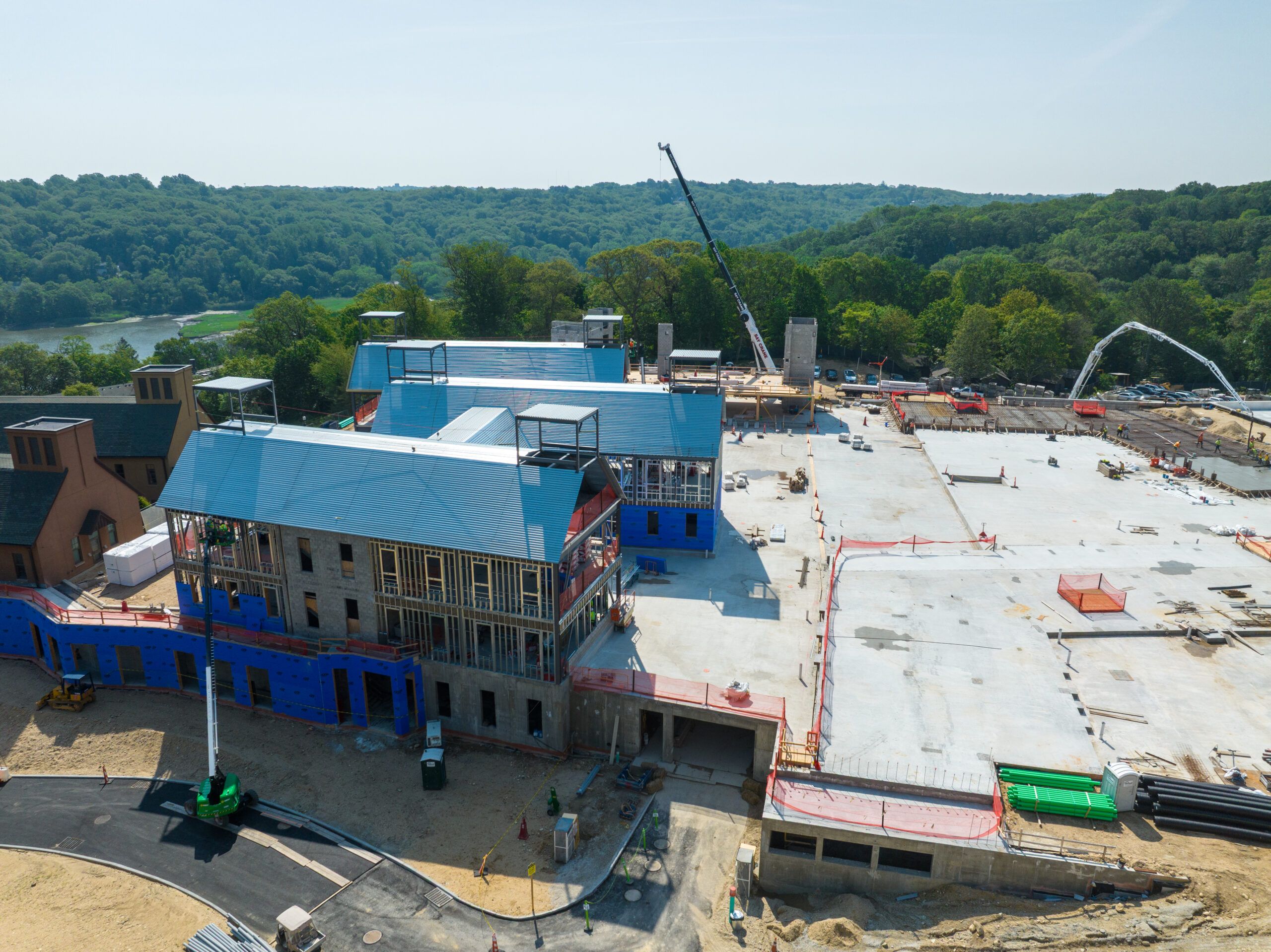Modern home design is undergoing a thoughtful shift, one that prioritizes accessibility, inclusivity, and future-readiness. Whether it’s children, elderly family members, or those with mobility challenges, homes are now being built or renovated with all generations in mind. One of the most impactful innovations in this space is the integration of residential lifts. These compact, stylish systems are not only enhancing daily convenience but also redefining how we think about home accessibility.
A Universal Design Approach
Universal design is a concept that aims to make environments usable by all people, to the greatest extent possible, without the need for adaptation or specialized design. In the context of residential architecture, this means creating homes that are easy to navigate regardless of age or physical ability. Incorporating lifts into multi-level homes is a practical response to this principle.
While ramps and stairlifts have long been common adaptations, lifts offer a seamless and modern alternative. They eliminate the need for retrofitted solutions later on and allow homeowners to maintain the aesthetic integrity of their space.
Supporting Aging in Place
A key driver behind the popularity of residential lifts is the desire to “age in place.” Many homeowners want to remain in their homes well into their senior years without having to compromise on comfort or safety. Stairs can become a significant hazard as people age, and installing a lift provides a proactive solution to this challenge.
It’s not just about senior living. Families with young children or individuals recovering from injuries also benefit from the convenience and safety a lift can offer. The result is a living environment that adapts to life’s changes instead of forcing residents to adapt to the home.
The Aesthetic Evolution of Home Lifts
One of the common misconceptions about home lifts is that they’re bulky or unattractive. Today’s models challenge that stereotype. Slim, sleek, and quiet, residential lifts are now designed to complement modern interiors. They come in various styles and finishes, allowing homeowners to choose a system that fits naturally into their décor. Some high-end options even offer panoramic glass walls or customizable lighting, turning the lift into a design feature rather than just a utility.
Practical Integration in New Builds and Renovations
More architects and builders are incorporating lifts into their initial plans, rather than treating them as an afterthought. This forward-thinking approach ensures that homeowners can enjoy uninterrupted access across all floors now and in the future. For those updating an existing home, compact models and clever shaftless designs mean lifts can often be installed with minimal disruption.
Many Australians are turning to trusted providers of domestic lifts that specialize in tailoring systems to both the structural and stylistic needs of each property. With options to suit a wide range of layouts, it’s easier than ever to future-proof a home without sacrificing design.
Final Thoughts
The rise of residential lifts marks a progressive turn in home architecture. What was once considered a luxury or a necessity for older adults is now a smart, inclusive feature for households of all kinds. By embracing these solutions, homeowners are not only enhancing convenience but also building homes that truly welcome everyone, regardless of age or mobility.











